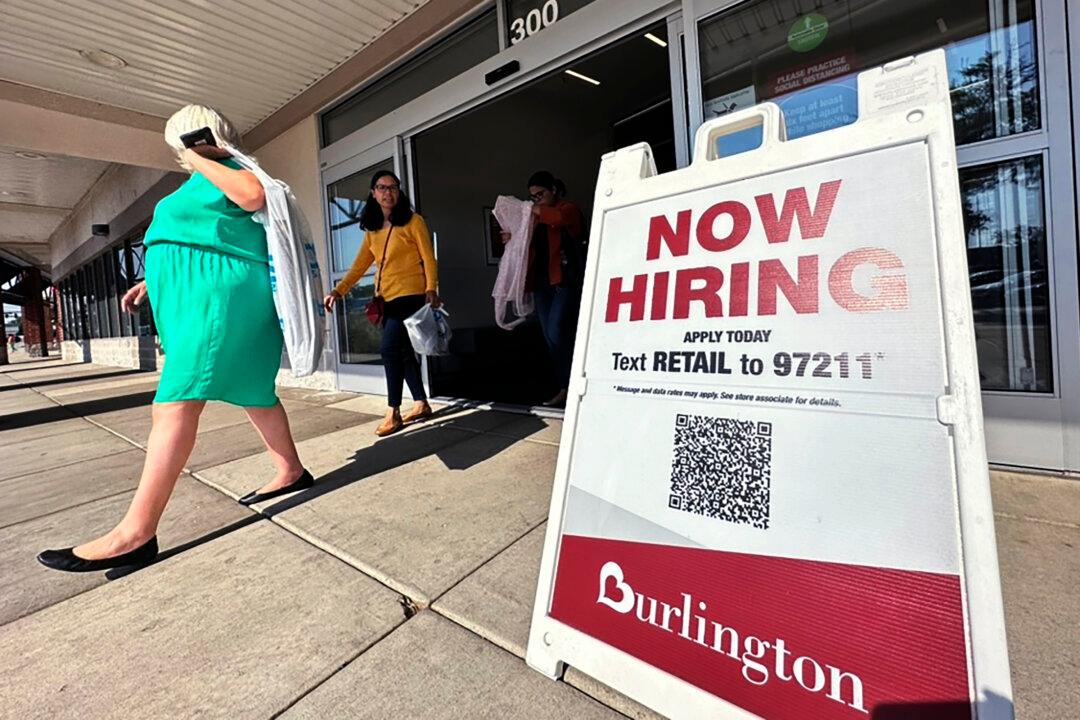Job openings unexpectedly jumped in August, signaling that the demand for labor remains robust in a slowing economy and cooling job market.
According to the Bureau of Labor Statistics (BLS), the number of job vacancies increased by 690,000 to 9.6 million at the end of August, up from an upwardly revised 8.92 million. The August reading topped the consensus estimate of 8.8 million, the best better-than-expected result since September 2022, and represented the largest monthly jump since July 2021.





